Roman Empire technology that we will use today
The Romans were nothing short of trailblazers when it came to innovation. Their remarkable achievements have not only withstood the test of time but have also laid the groundwork for many of today’s advancements. From roads to architecture, the Romans were true pioneers, their influence still evident in modern society. Let’s delve into the various Roman innovations that continue to shape our world today.
Roman Roads: Paving the Way for Modern Infrastructure
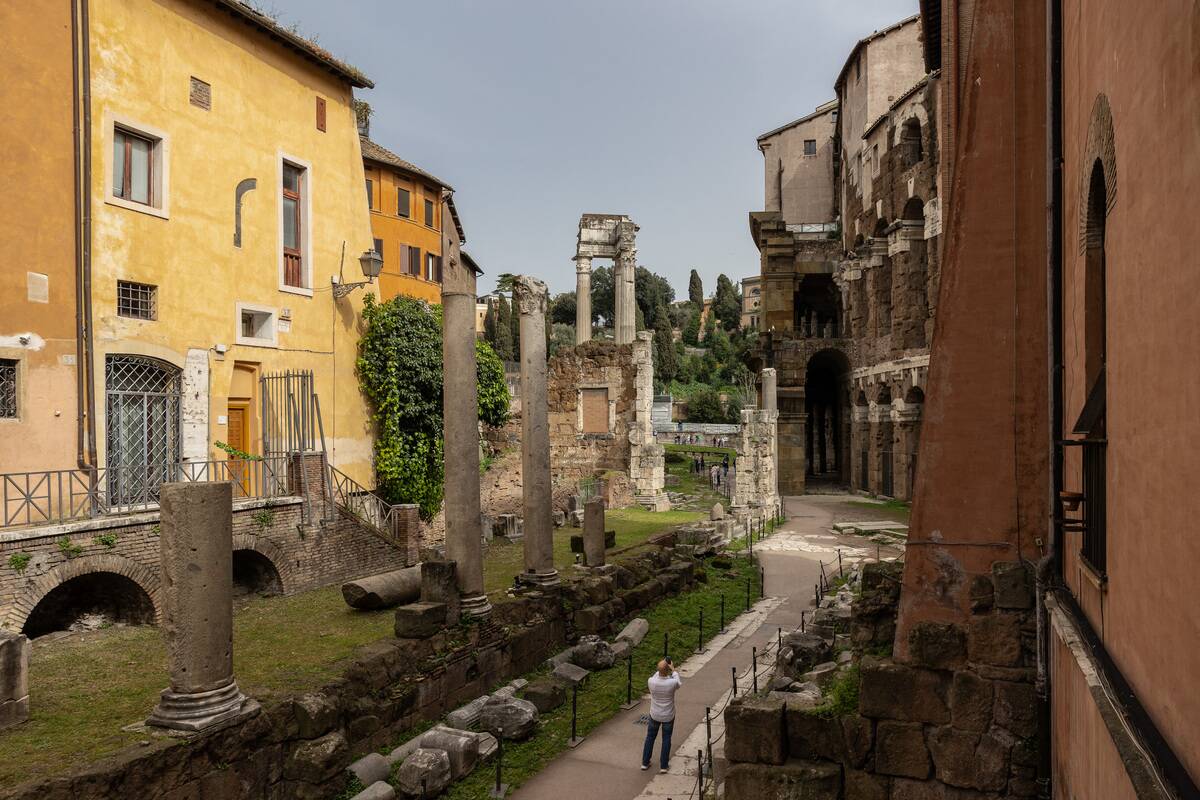
Roman roads were engineering marvels, stretching over 250,000 miles across the empire, with about 50,000 miles paved. They were meticulously constructed using layers of sand, gravel, and stone, ensuring durability and efficient drainage. These roads facilitated trade and military movement, effectively knitting the vast Roman Empire together. The phrase “all roads lead to Rome” is a testament to their extensive network, which inspired the modern highway systems we rely on today.
Aqueducts: The Ancient Marvels of Water Management
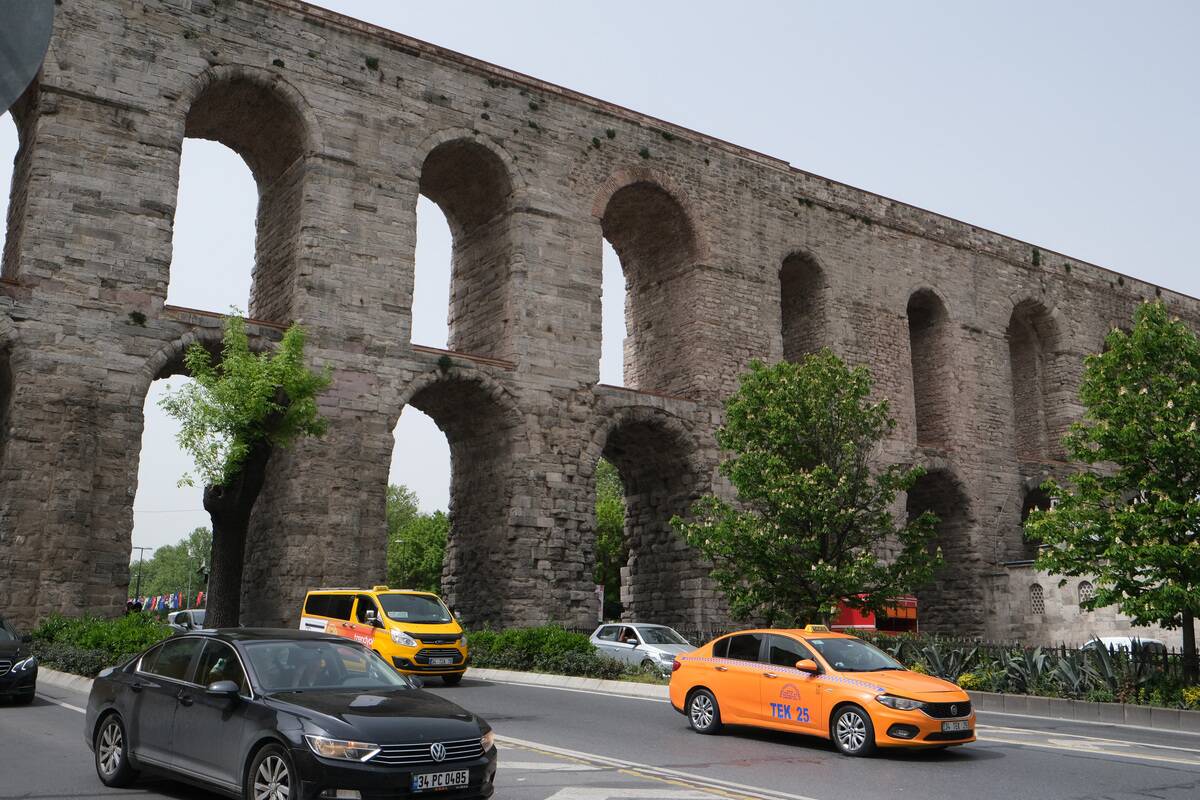
The Romans mastered the art of water management with their aqueducts, which transported water over long distances using gravity alone. The Aqua Appia, constructed in 312 BC, was the first of many, and by the peak of the Roman Empire, there were 11 major aqueducts serving Rome. These structures, some spanning over 50 miles, ensured a steady supply of clean water for drinking, bathing, and irrigation, setting a precedent for modern water systems.
Concrete: The Unyielding Foundation of Construction
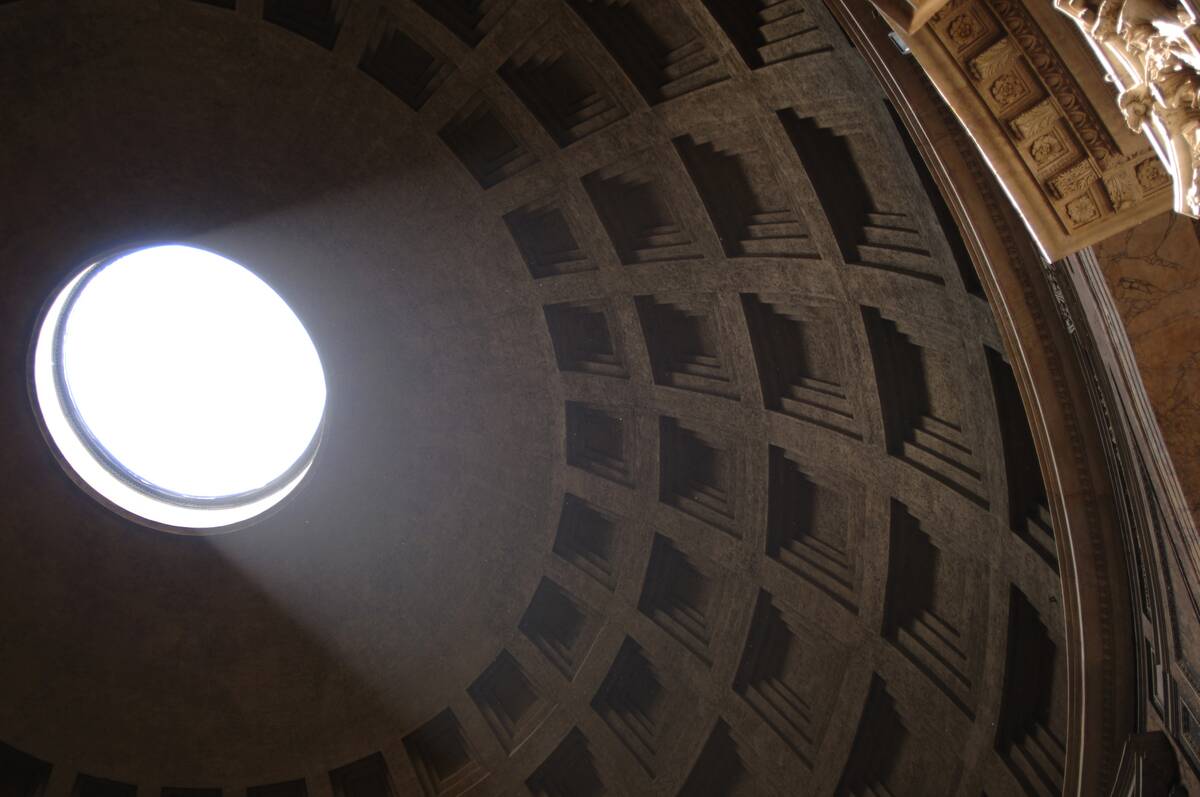
Roman concrete, known as opus caementicium, was a groundbreaking building material that contributed to the empire’s architectural feats. Made from volcanic ash, lime, and seawater, it was both durable and versatile. Structures like the Pantheon and the Colosseum owe their longevity to this resilient material. Remarkably, Roman concrete continues to gain strength over time, unlike modern variants, which makes it a subject of ongoing research in sustainable construction.
Roman Arches: The Backbone of Architectural Design
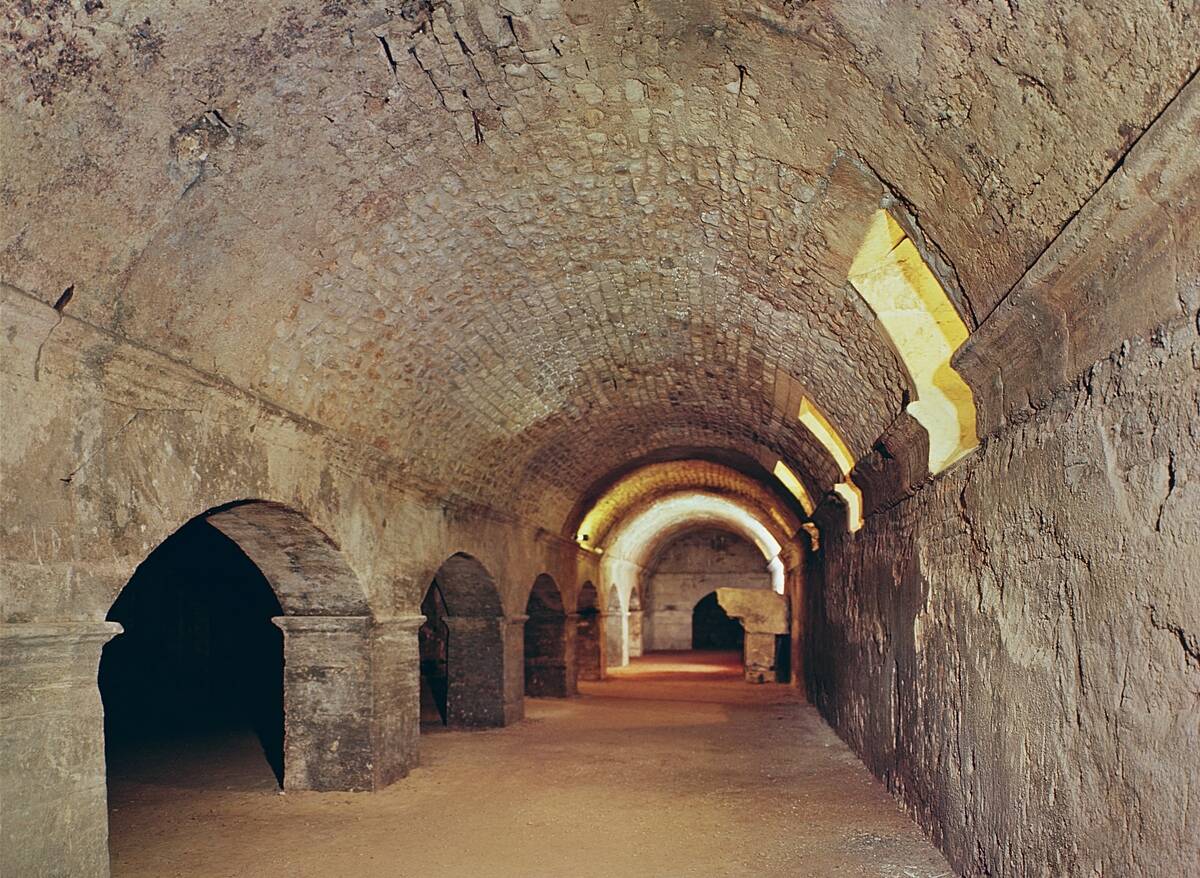
The Roman arch revolutionized architecture, allowing for the construction of larger and more stable structures. By distributing weight evenly, arches enabled the creation of expansive bridges, aqueducts, and buildings. The triumphal arches, such as the Arch of Titus, are iconic symbols of Roman engineering prowess. This architectural element remains a cornerstone in modern construction, demonstrating the Romans’ lasting impact on architectural design.
The Julian Calendar: A Timeless Timekeeper
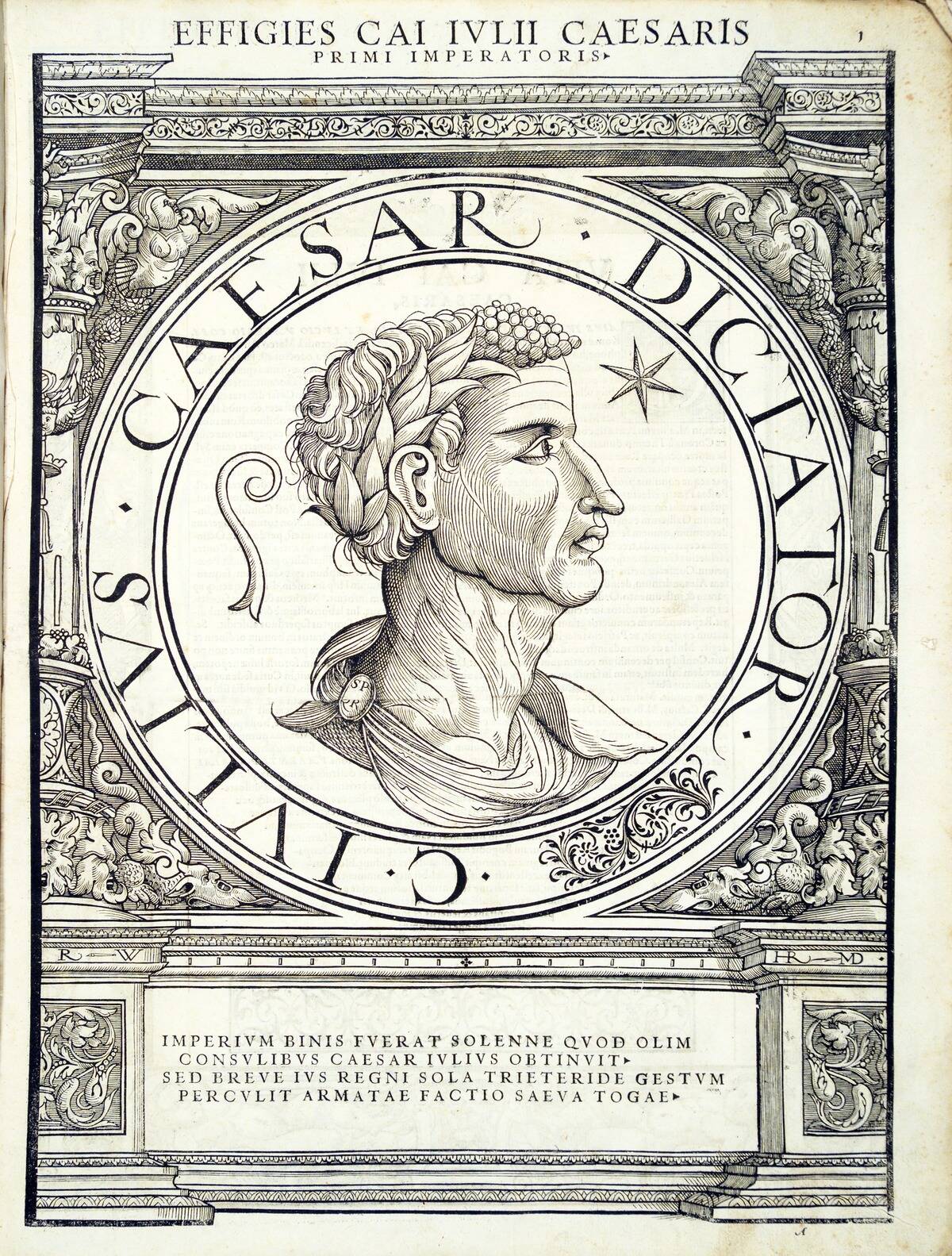
Implemented by Julius Caesar in 45 BC, the Julian calendar was a significant reform of the Roman calendar. Based on the solar year, it introduced a 365-day year with a leap year every four years, correcting previous inaccuracies. This calendar remained in use for over 1,600 years, until the Gregorian calendar was adopted in 1582. Its influence is evident today, as many regions still use a version of the Julian system for religious and cultural events.
Roman Sewage Systems: The Birth of Urban Sanitation
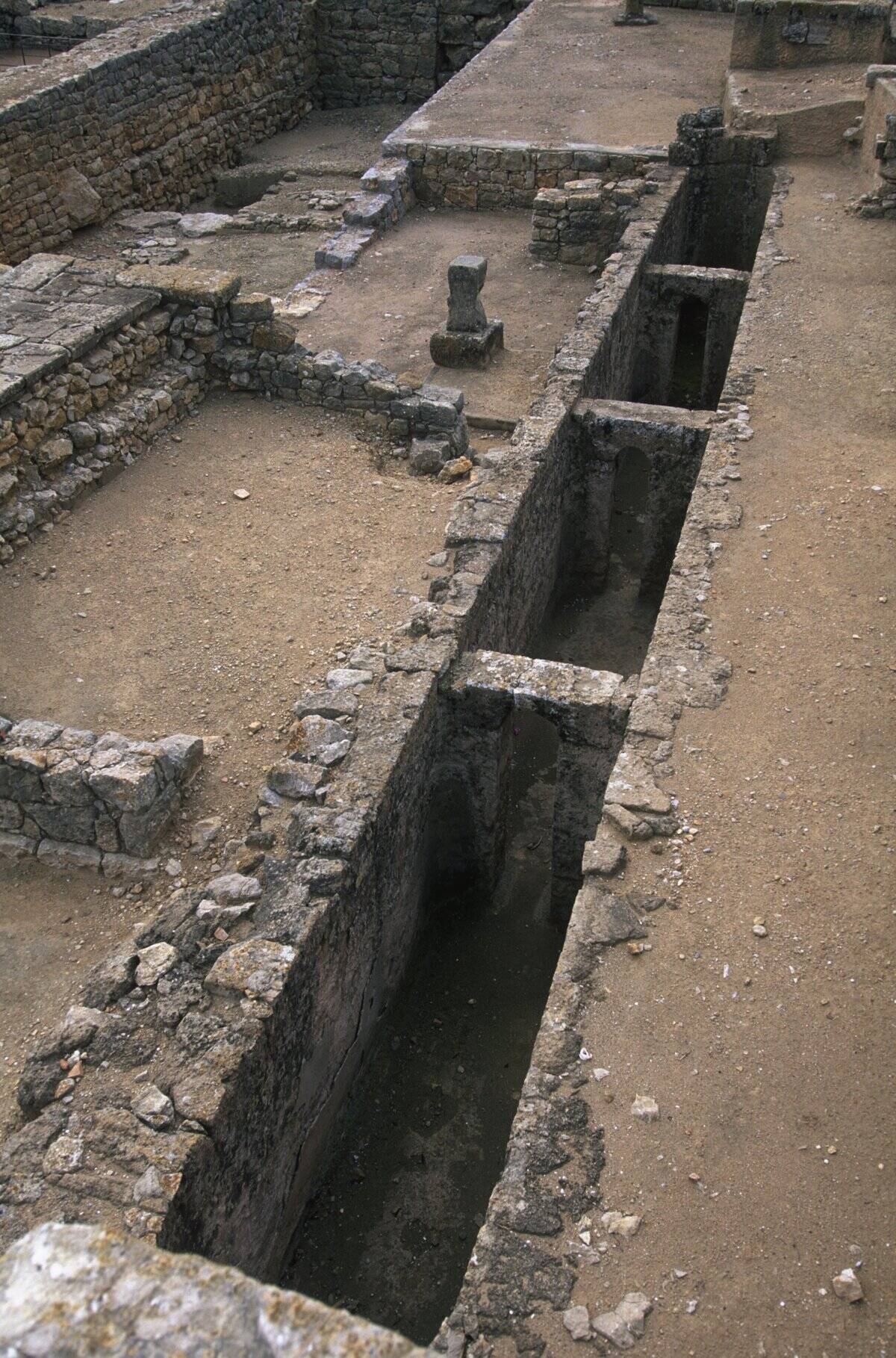
The Cloaca Maxima, one of the world’s earliest sewage systems, was a testament to Roman ingenuity in urban planning. Constructed in the 6th century BC, it efficiently drained Rome’s marshes and removed waste from the city. This pioneering approach to sanitation not only improved public health but also set a precedent for modern urban sewage systems. The principles behind this ancient engineering feat continue to influence contemporary sanitation infrastructure.
Public Bathhouses: The Social Hub of Hygiene
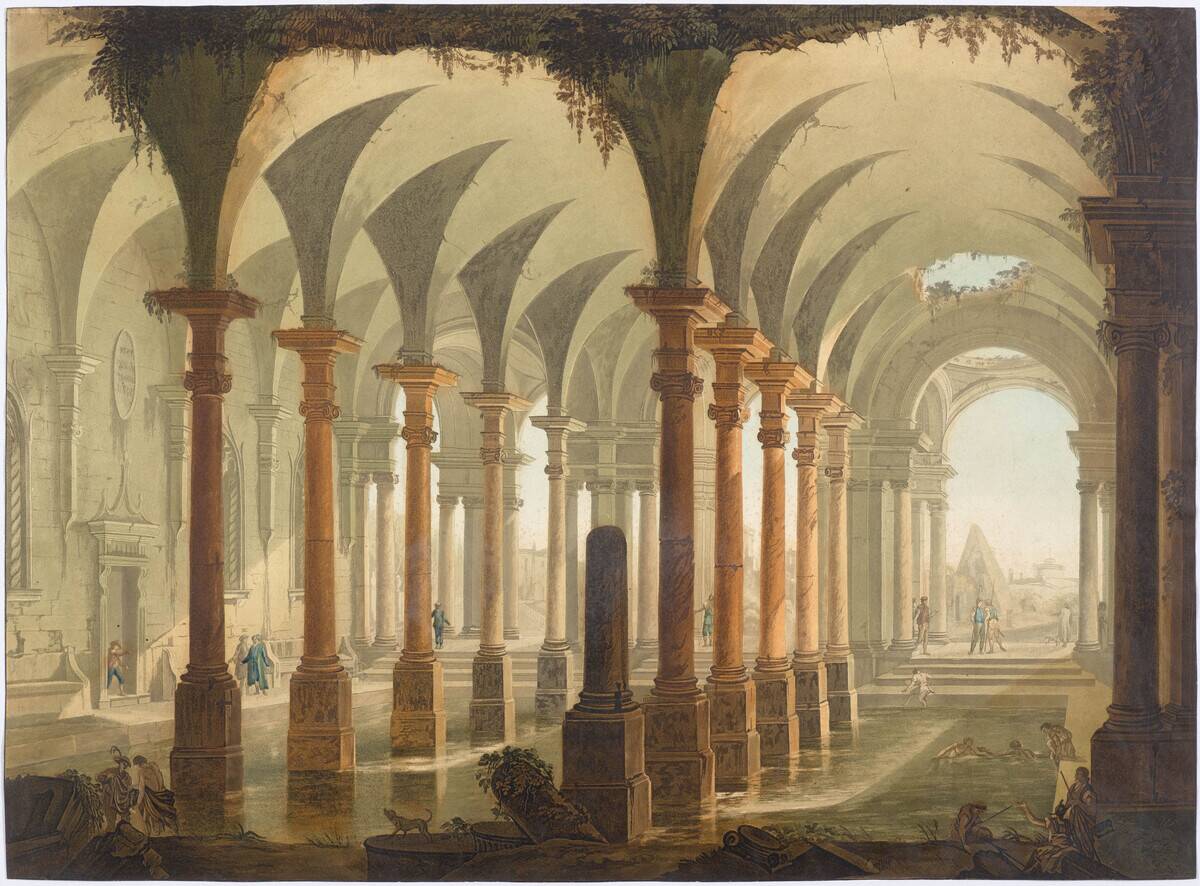
Roman public bathhouses, or thermae, were more than just places for bathing; they were social and cultural hubs. These facilities featured heated rooms, plunge pools, and even libraries and gardens. The Baths of Caracalla, one of the largest, could accommodate up to 1,600 bathers. This concept of communal bathing influenced the development of spas and public baths worldwide, underscoring the Romans’ impact on social hygiene practices.
Central Heating: The Roman Hypocaust System
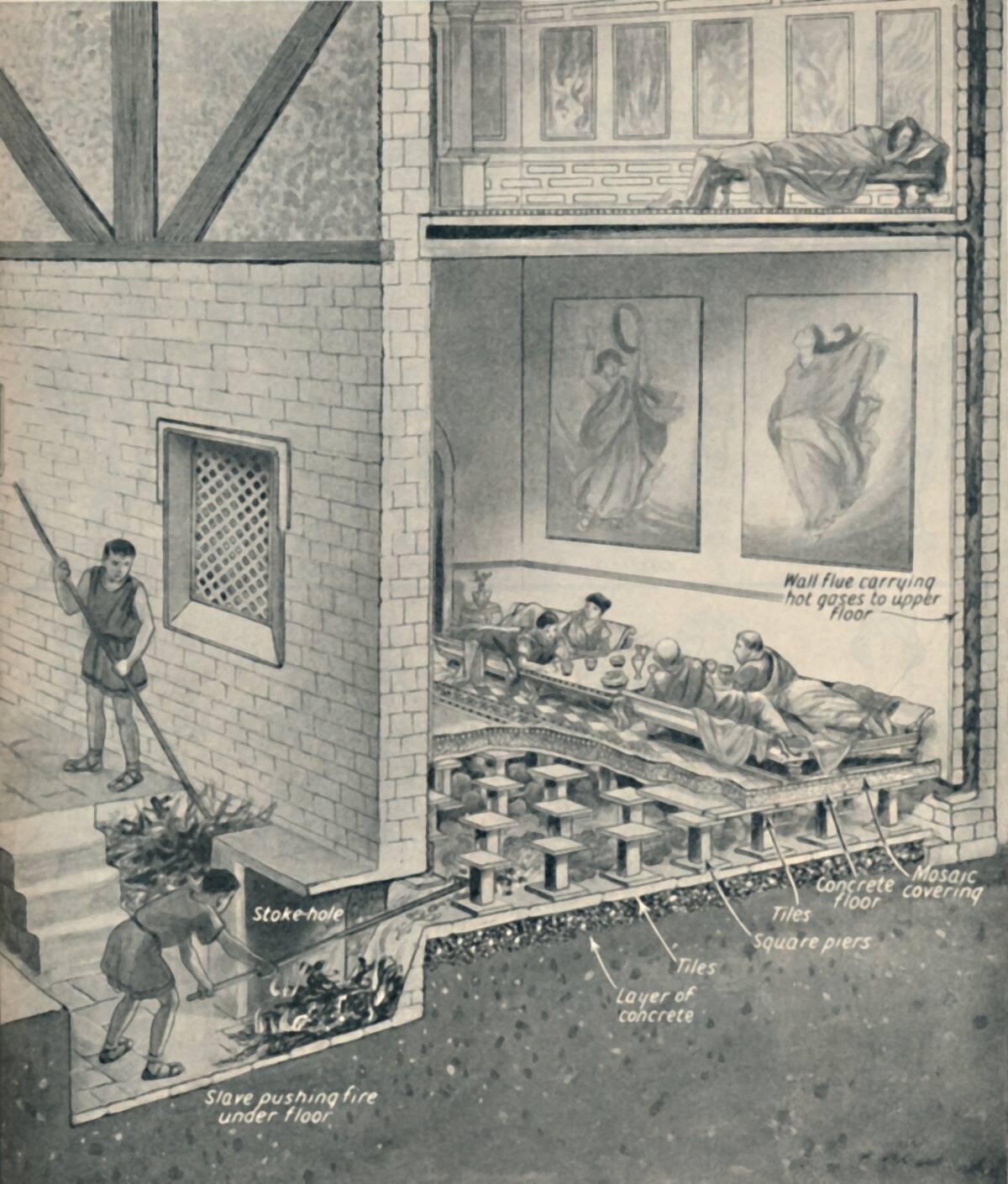
The Roman hypocaust system was an ingenious method of central heating that kept their villas and bathhouses warm and comfortable. By circulating hot air beneath floors and through wall cavities, they achieved efficient and even heating. This early form of radiant heating was a luxury in Roman homes and public buildings, exemplifying their advanced understanding of thermal engineering. Modern underfloor heating systems owe much to this ancient innovation.
Roman Numerals: Counting Through the Ages
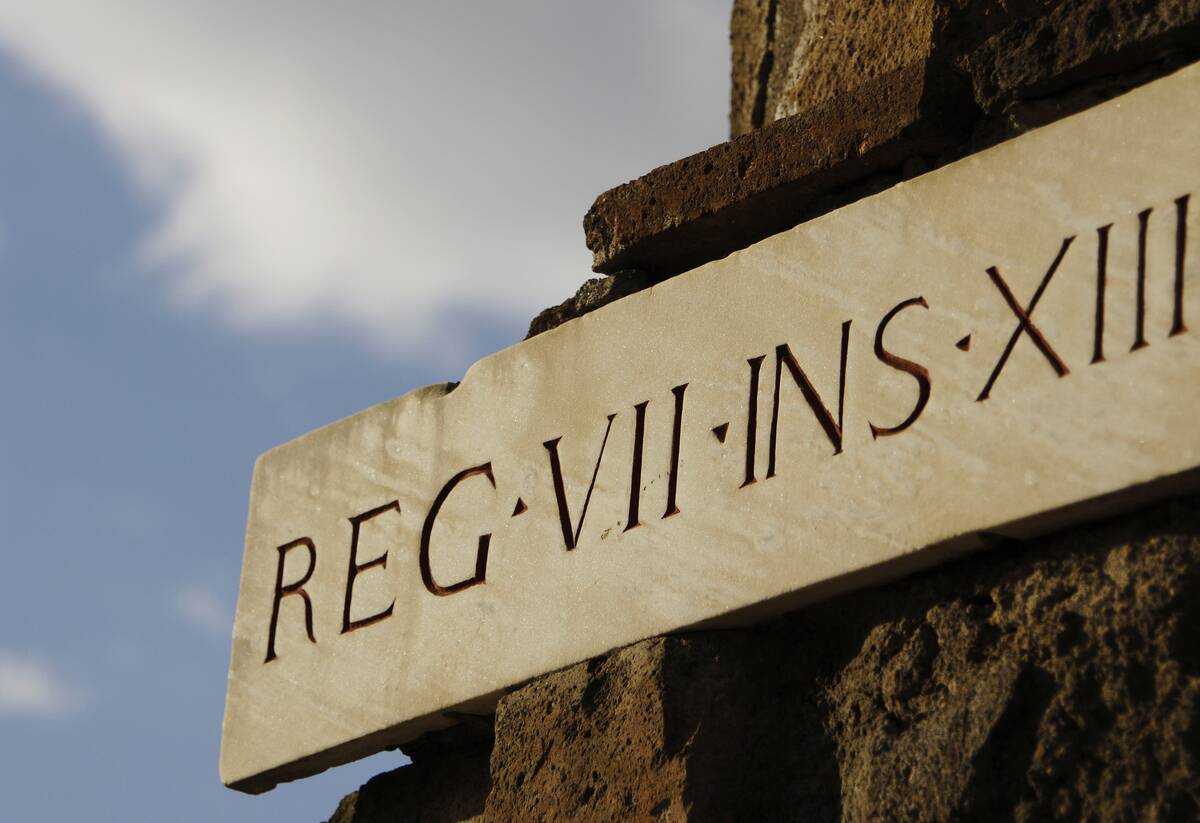
Roman numerals, a numeral system originating in ancient Rome, are still widely recognized today. Comprising combinations of letters from the Latin alphabet (I, V, X, L, C, D, M), they were used for numbering, accounting, and timekeeping. Despite their complexity compared to Arabic numerals, they are still found on clocks, in book chapters, and in movie credits, showcasing the enduring legacy of Roman numerical notation.
The Codex: The Precursor to Modern Books
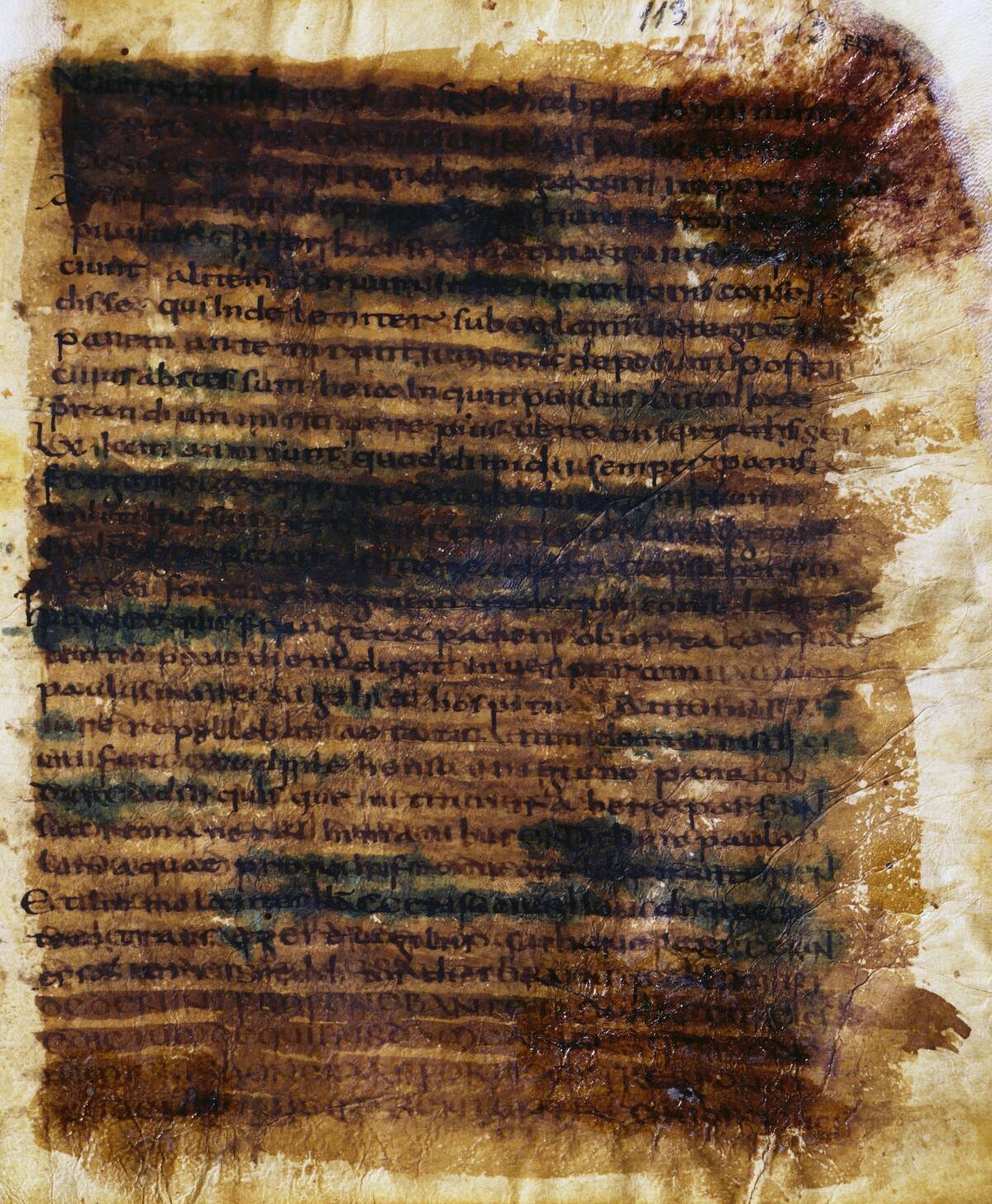
The Roman codex was a revolutionary advancement in the way information was recorded and accessed. Unlike scrolls, codices were made from sheets bound together, resembling modern books. This format was easier to handle, more durable, and allowed for quicker referencing. The transition from scrolls to codices marked a significant step in the evolution of literature and knowledge dissemination, paving the way for the bound books we use today.
Postal Service: The Ancient Route to Communication
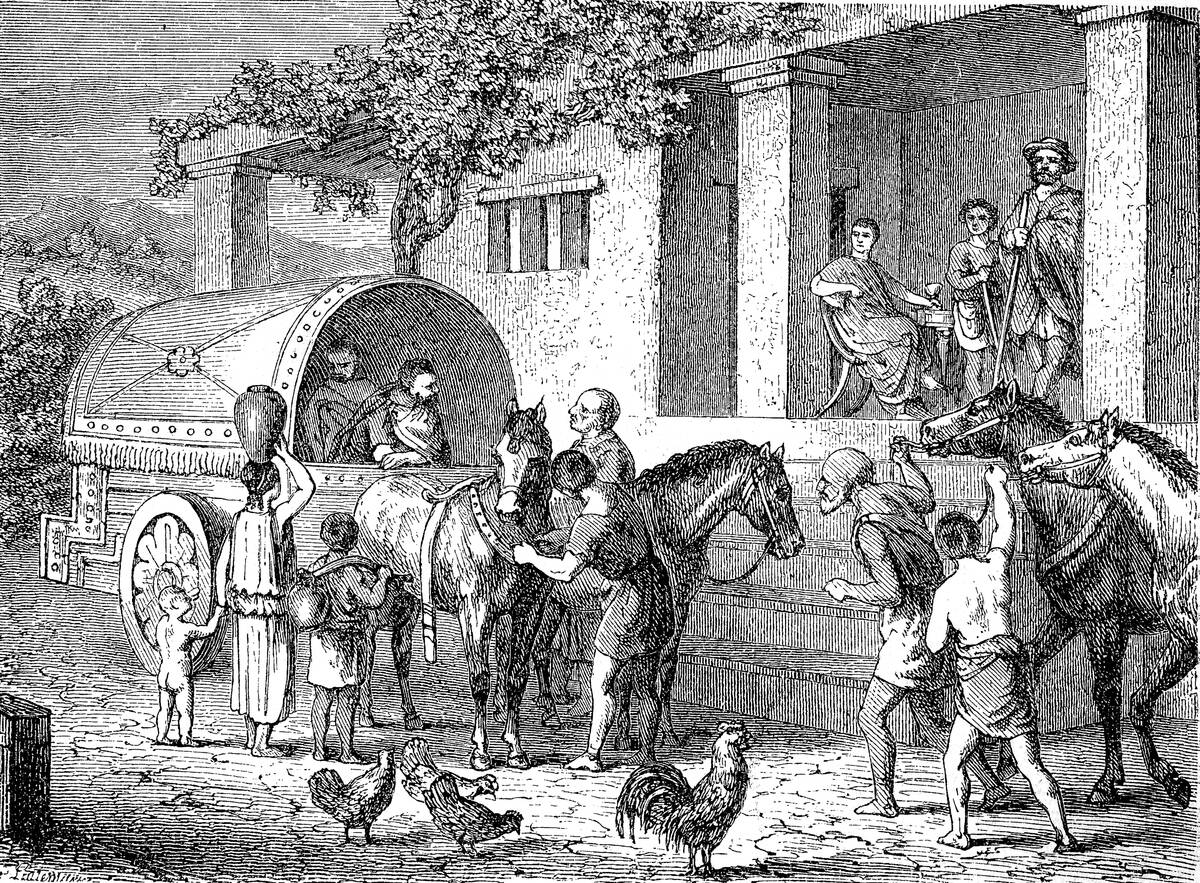
The Roman postal service, known as the cursus publicus, was a highly organized system that facilitated communication across the vast empire. Established by Emperor Augustus, it used a network of relay stations with fresh horses and messengers to ensure swift delivery of messages and goods. This efficient system laid the groundwork for modern postal services, highlighting the Romans’ influence on communication infrastructure throughout history.
The Roman Forum: The Blueprint for Civic Centers
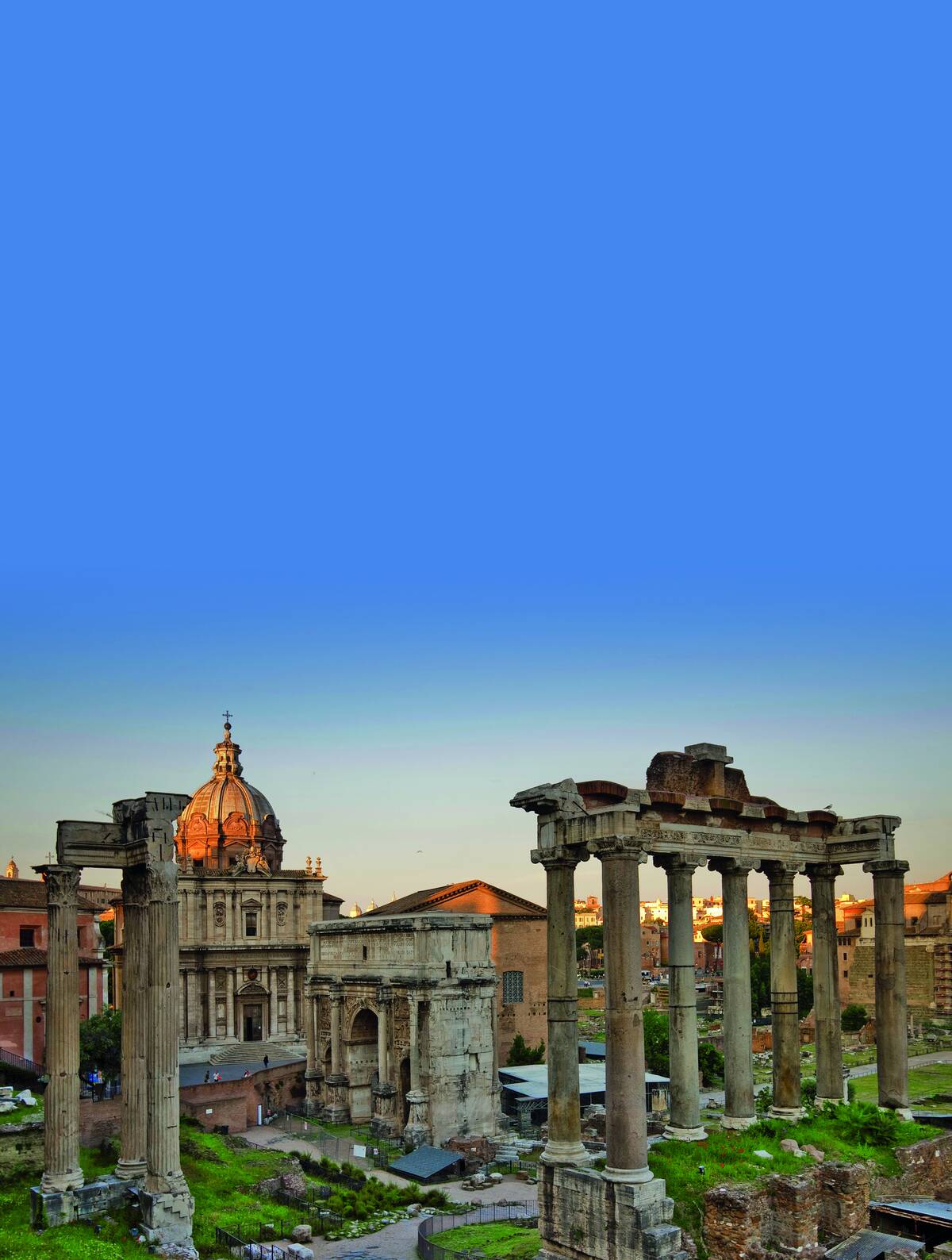
The Roman Forum was the heart of public life in Rome, serving as a bustling hub for politics, commerce, and social gatherings. It was adorned with temples, basilicas, and public spaces, reflecting the grandeur of Roman architecture. As a model for modern civic centers, the Forum’s layout influenced urban planning, providing a template for cities worldwide to create spaces that facilitate community engagement and governance.
Glassblowing: The Art of Crafting with Fire
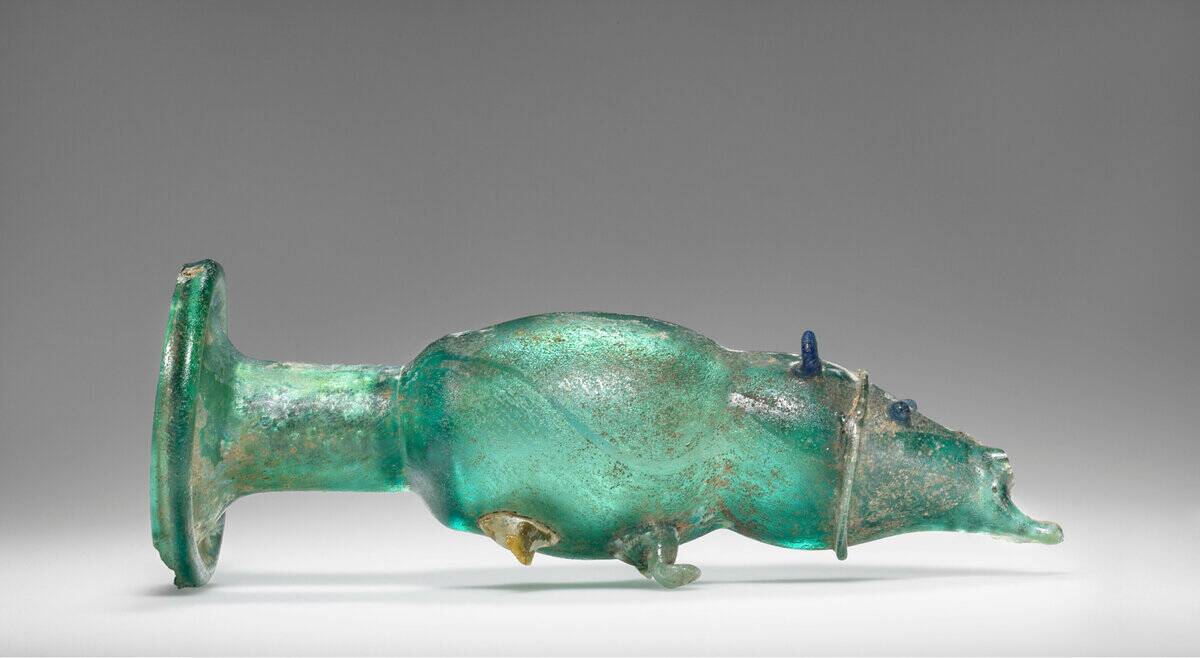
The Romans revolutionized glass production with the invention of glassblowing in the 1st century BC. This technique allowed for the creation of a wide variety of shapes and designs, making glass more accessible and versatile. Roman glassware became widely popular for its beauty and utility. This ancient craft laid the foundation for modern glassmaking, influencing the techniques and artistry that continue to shape the industry today.
Surgical Tools: The Pioneers of Medical Instruments

Roman surgeons were equipped with an array of specialized tools, many of which resemble modern surgical instruments. Scalpels, forceps, and catheters were among their arsenal, crafted with precision from bronze and iron. These tools facilitated advanced medical procedures, setting the stage for the development of surgery as a field. The ingenuity of Roman medical practitioners has left a lasting impression on the evolution of surgical techniques and equipment.
The Roman Legal System: Foundations of Modern Law

The Roman legal system was a cornerstone of the empire’s governance, with principles that have influenced modern legal frameworks. The Twelve Tables, codified in the 5th century BC, established fundamental legal rights and procedures. Roman law emphasized fairness and justice, concepts that resonate in contemporary legal systems. Its legacy is evident in the structure and terminology of legal practices worldwide, underscoring its foundational role in the rule of law.
Street Lighting: Illuminating the Night
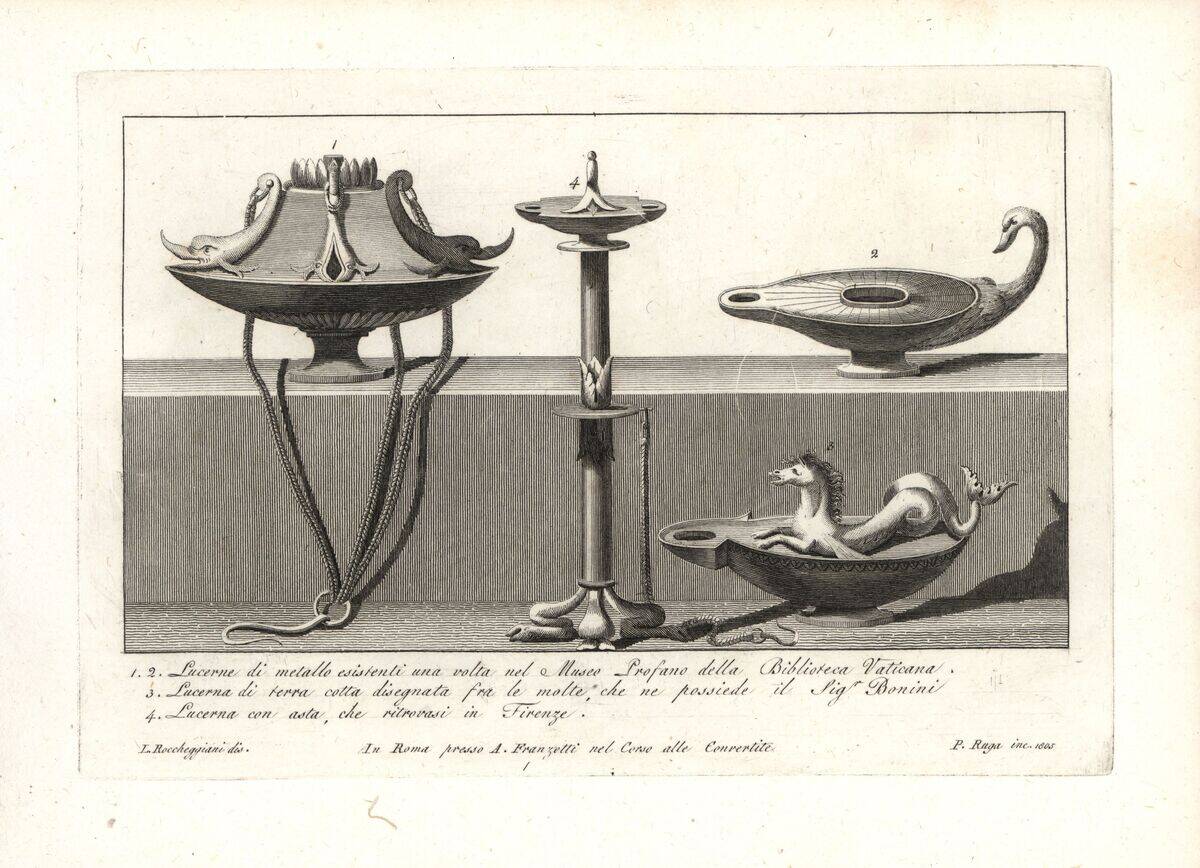
Street lighting in ancient Rome was a practical innovation that improved safety and extended social activities after dark. Oil lamps, placed strategically along streets and in public spaces, provided illumination for residents and travelers alike. This early form of street lighting not only enhanced urban life but also laid the groundwork for modern lighting systems, highlighting the Romans’ foresight in creating safer and more vibrant communities.
Urban Planning: The Grid System of City Design
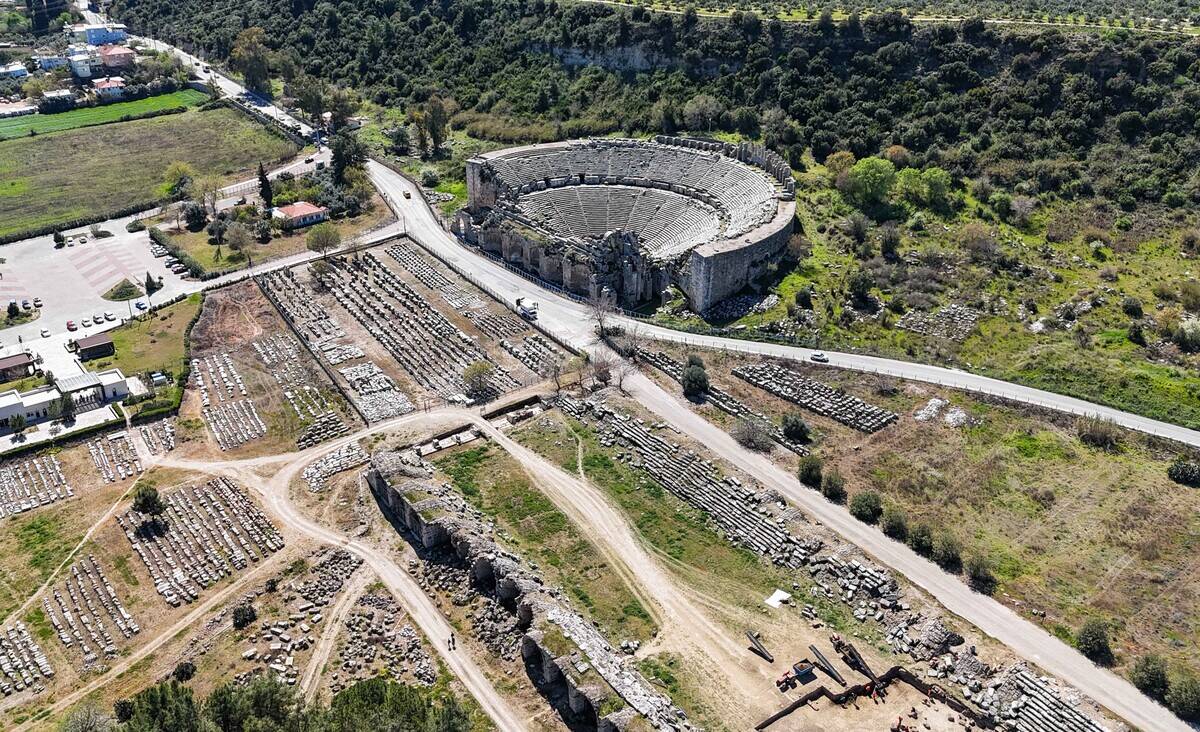
Roman urban planning was characterized by the use of a grid system, which facilitated efficient land use and organized city layouts. This approach allowed for straightforward navigation and the logical placement of public buildings, markets, and residential areas. The grid system’s influence is evident in the design of many modern cities, illustrating the Romans’ lasting impact on urban development and the management of growing populations.
The Roman Coliseum: The Forebear of Modern Stadiums
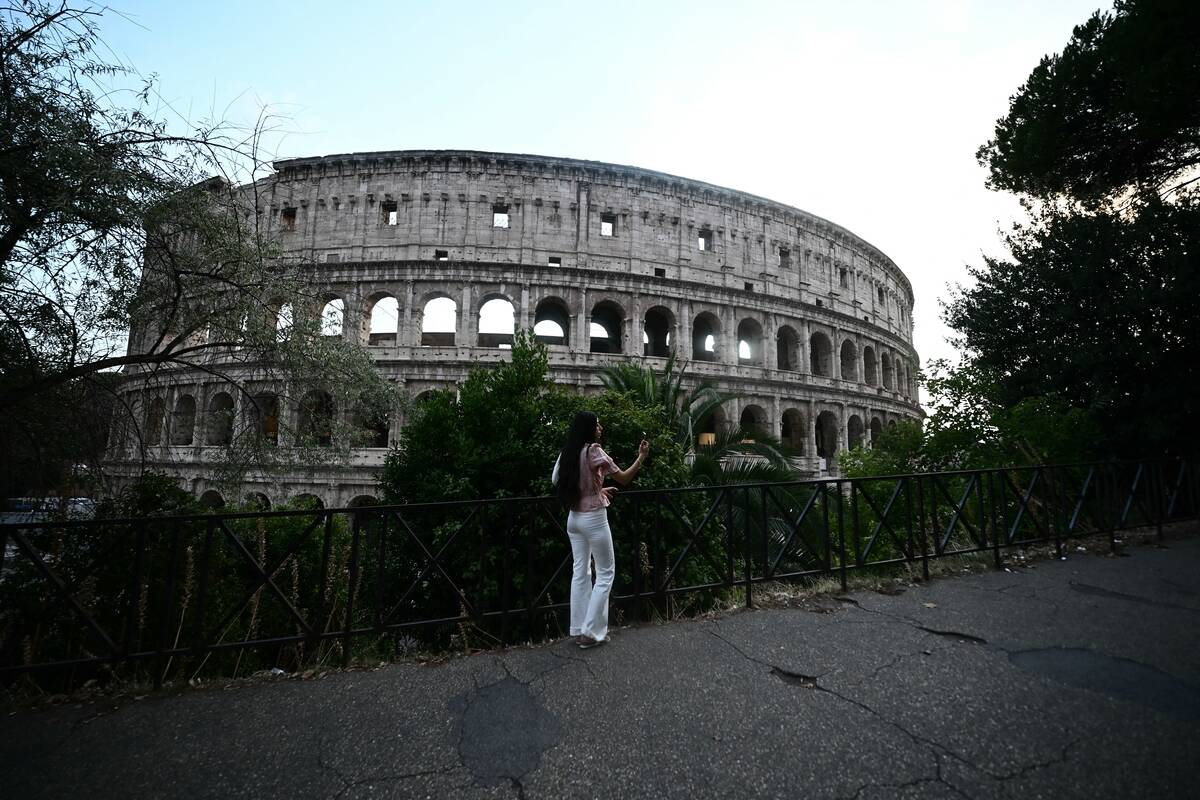
The Roman Coliseum, an architectural marvel, was the largest amphitheater of its time, accommodating up to 80,000 spectators. It hosted various public spectacles, from gladiatorial contests to theatrical performances. Its oval design and tiered seating have influenced the construction of modern sports arenas and entertainment venues. The Coliseum stands as a testament to Roman engineering prowess and their enduring legacy in the realm of public entertainment.



